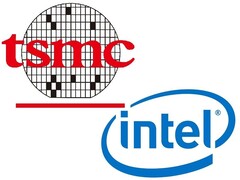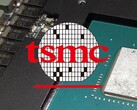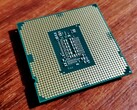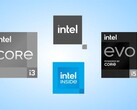Intel could currently be in the middle of a leadership revolution, which was essentially triggered by the internal problems that lead to yet another delay for the first 7 nm CPUs and GPUs reported last week. These leadership changes are meant to "improve focus and accountability in process technology execution,” explains Intel CEO Bob Swan. Industry sources cited by DigiTimes point out that Intel’s reorganization was a necessary step in order to ensure increased volume through decoupled manufacturing and design. This should allow Intel to outsource production to other external foundries.
Even though we could not get an official confirmation from our Intel contact, TSMC is now believed to be the designated foundry that can assist with Intel's 7 nm chip production in 2021. Intel indicated that its own 7 nm production will end up delayed by at least 6 months due to design defects, plus we know that AMD is ready to launch 5 nm CPUs by next year, so now that Intel can tap external foundries, the delay may never occur. However, Intel’s manufacturing nodes are not exactly compatible with TSMC’s nodes. The upcoming 7 nm node from Intel is comparable to TSMC’s 5 nm node as far as transistor densities and yields are concerned, which means Intel actually needs to validate and supply necessary design changes so that TSMC can repurpose its 5 nm and 3 nm EUV nodes.
Another DigiTimes source reports that TSMC could also help Intel with the 10 nm production for upcoming CPUs and GPUs. The node discrepancies are still there, so the 10 nm Intel process is actually similar to TSMC’s 6 nm process. The two companies will need to work together in order to redesign the photomasks for select 10 nm Intel CPUs and GPUs, ensuring the compatibility with TSMC’s nodes. Apparently, Intel already ordered 180,000 wafers to be produced on the TSMC 6 nm node in 2021.
Despite all the redesign work that needs to be done for compatibility purposes, the Taiwanese company does not view this endeavor as part of a long-standing collaboration, but more like a “rescue mission” or a “one-time contract.” In this respect, DigiTimes sources claim that TSMC is unlikely to expand its production lines to accommodate for increased Intel orders, which may very well fill the gap left by Huawei. Even so, the outsourcing efforts should give Intel enough time to “review and re-examine its manufacturing R&D progress and goals.” Intel hopes to completely rethink and improve its manufacturing capabilities over the next three years.






















